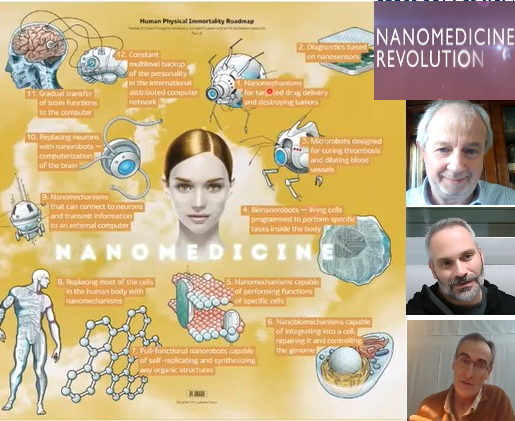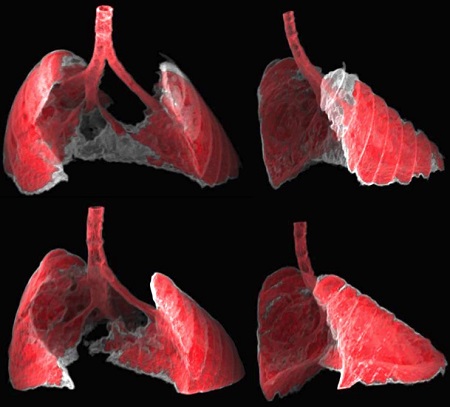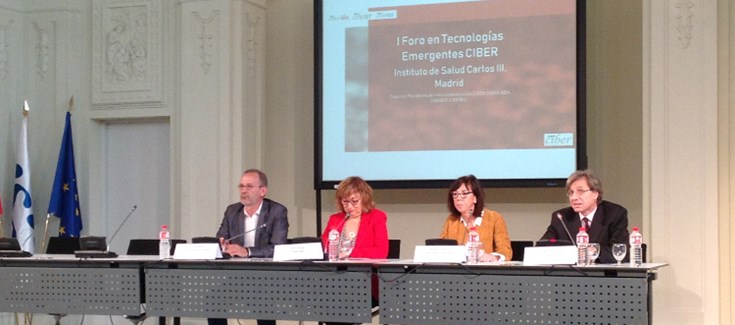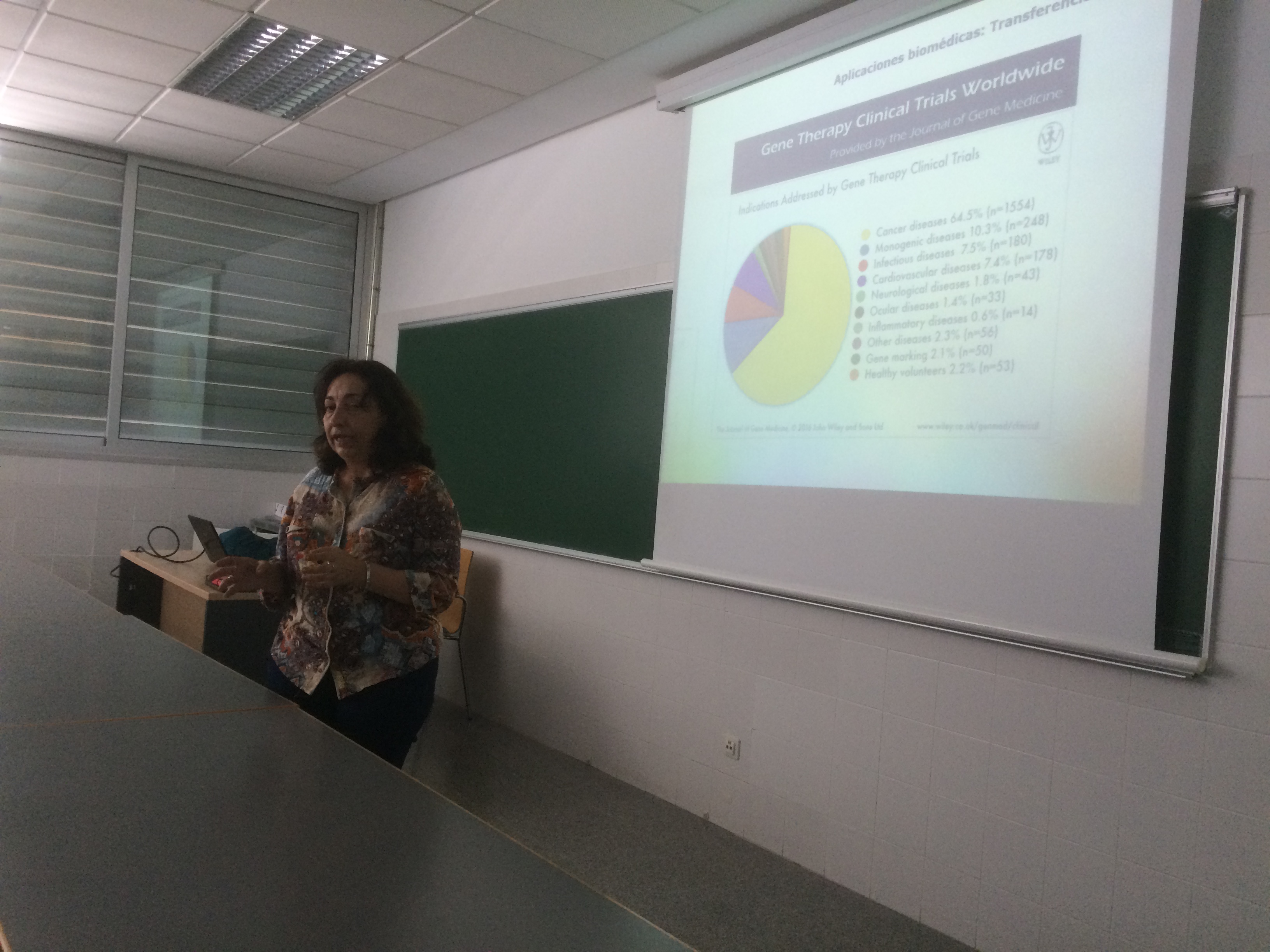NANBIOSIS U6 opens its doors to students of Nanoscience and Nanotechnology Degree at UAB
NANBIOSIS U6, Biomaterial Processing and Nanostructuring Unit from CIBER-BBN and ICMAB-CSIC, has received today the visit of students of the 4th year degree in Nanoscience and Nanotechnology of the Auonomous University of Barcelona.
During this visit, the students had the opportunity to get known of the facilities of Unit 6 of NANBIOSIS ICTS and the to work in a research laboratory. José Amable Bernabé has, Technical Coordinator of the unit, has shown the students the equipment for processing materials with compressed fluids and also some equipment for the characterization of particulate materials.
In the Degree in Nanoscience and Nanotechnology at the UAB, students prepare to synthesize, characterize and study the properties of materials at the nanoscale; to manipulate instruments and materials of test laboratories for the study of phenomena at the nanoscale and to interpret the data obtained through experimental measurements.
Unit 6 at ICMAB-CSIC is focussec on the development, characterization, and large-scale production of molecular biomaterials of therapeutic or biomedical interest, with controlled micro-, nano- and supramolecular structure. It is part of the Unique Scientific and Technical Infracstructure “NANBIOSIS”
















